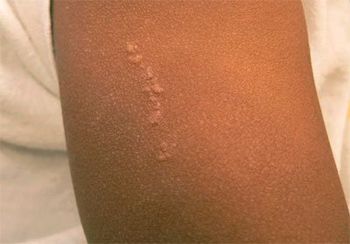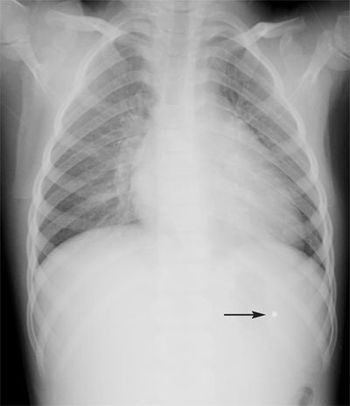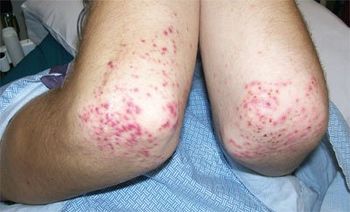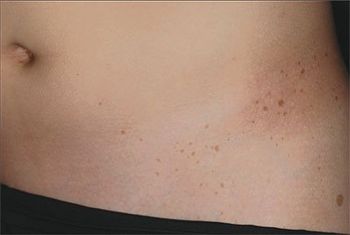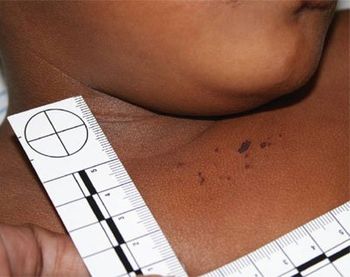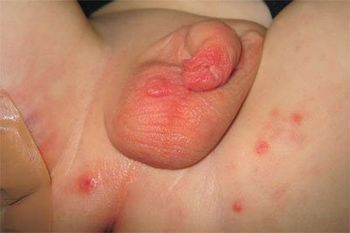
Attention-deficit/hyperactivity disorder (ADHD) is the most common mental health disorder treated by pediatricians.1 Some pediatricians may not have the training, clinical experience, or time to adequately evaluate and treat children with ADHD-and most may feel their skills are insufficient in children with medication treatment resistance, comorbid psychiatric illnesses, or complex family dynamics.
